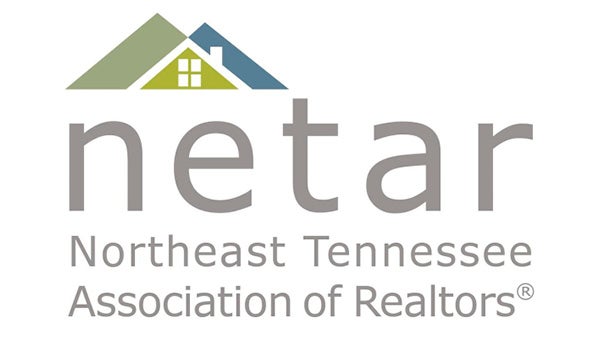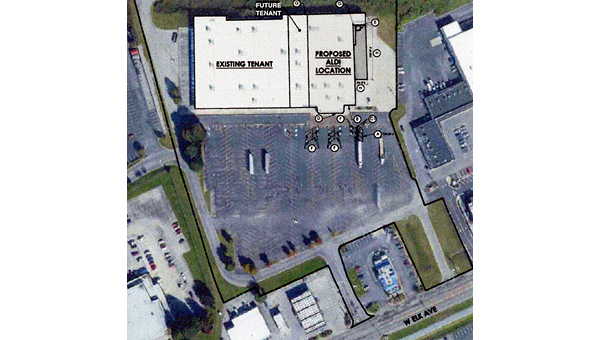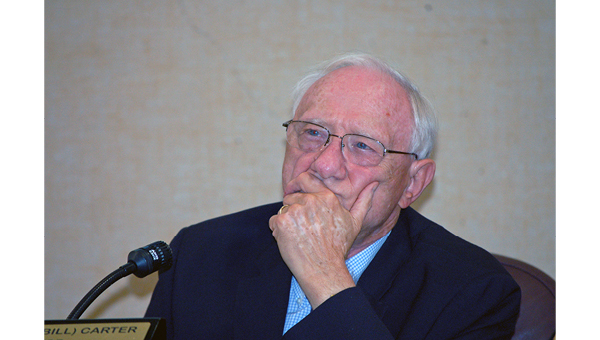Want a bigger slice of the economic pie, pay attention to real estate
Published 12:08 pm Thursday, January 23, 2025
|
Getting your Trinity Audio player ready...
|
BY WAYNE PORTER
NETAR President
One part of the local economy story that often gets overlooked is the real estate contribution. But if you want a better grasp of what makes the regional economy tick, and you want to be a bigger part of it stay tuned.
Trending
Real estate accounts for almost 18% of the total economy. The “almost” is there because the 2023 market share was a little over 17% and the final 2024 numbers won’t be available until later this year. But that doesn’t mean you can’t get a good ballpark figure during the early months of this new year.
According to the Northeast Tennessee Association of Realtors® (NETAR), the total preliminary sales volume for homes listed on the local Multiple Listing Service (MLS) last year was $1.1 billion dollars. That number is preliminary because the database that tracks it is dynamic and some of the late 2024 data is still trickling in. And it does not include commercial transactions.
Last year’s volume will be higher than 2023, but don’t expect a big increase because there were only 13 more sales last year than there were in 2023. Yes, the median sales price was up 4.1%, but that was a thin icing for a year that many locals say wasn’t all that good. Write some of that off to locals being spoiled by the market’s previous four years when sales and price appreciation were at all-time highs.
For this ball-park comparison, focus on the impact of a single sale on the economy. The folks at the Research Department of the National Association of Realtors® (NAR) make it an easy task. They say the impact of a single home sale on the economy is $124,800. They use data from the Bureau of Economic Analysis, the Census, The National Association of Home Builders (NAHB), macroeconomic advisors and their own resources to get that number. And remember that when the final 2024 local numbers come in that total impact will be less than the U.S. number. And while Tennessee’s economy had a good year, some gains were muted by counties struggling with a savage demographic issue. The problem is counties and regions with an aging population tend to have death rates higher than their birth rate. That means unless they attract enough new residents to balance the issue, they face a population decline, which typically results in an economic decline.
There are four prime considerations in the ball-park home sale impact study.
INCOME FROM REAL ESTATE INDUSTRIES
Trending
Based on the number of sales and the base number, a single sale accounts for a $35,040 economic impact. That’s 28.1% of the total impact. Here’s what goes into that number: commissions, fees and moving expenses, or income to real estate industries associated directly with the purchase. They account for about 9% of the median home price.
HOME PURCHASE RELATED EXPENSES
Furniture and remodeling expenses are estimated to be about $5,460 based on the NAHB research. It’s 4.4% of the total impact.
MULTIPLIER EFFECT
The multiplier effect accounts for the fact that income earned in other economic sectors because of an existing home sale is re-circulated into the economy. The effect share is $19,440 – 15.6% of the total impact.
NEW CONSTRUCTION
Additional home sales stimulate added home production. Typically, one new home is constructed for every six existing home sales. This component accounts for 64,880 (52%) of the total impact.
The bottom-line to this number crunching story is it illustrates just how big a part the real estate industry is to the local economy. And for those who are not sure the flood of new residents is good for the region consider just these two points:
– New homeowners spend on average more in the first six months than the current average customer spends in three years.
– New homeowners are five times more likely to become long-term customers if you reach them first.






